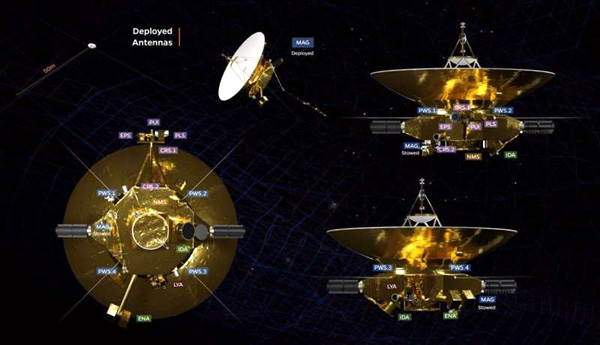
It was one year ago today that the Trident project, which would've involved doing another flyby of Neptune and its moon Triton in 2038, was rejected by NASA in favor of two Venus spacecraft (DAVINCI and VERITAS) as its next Discovery-class interplanetary missions.
As you can see, I'm still disappointed by the selections. I've been waiting since late 2005 for NASA to consider another New Horizons-type mission that would venture into the outer Solar System and beyond, and it seems like Trident would've been the last opportunity for this to take place.
A Neptune orbiter mission known as Neptune Odyssey was also in consideration, but will ultimately not fly anytime soon due to it not being recommended for development in the National Academy of Sciences' latest planetary decadal survey about two months ago.
On the plus side, the National Academy of Sciences will release its heliophysics decadal survey in 2024. One mission currently under consideration by that community-driven study is the Interstellar Probe that I've blogged about a few times already.
Just like Neptune Odyssey, the Interstellar Probe—at least the mission concept that was studied by Johns Hopkins University last year—would rely on NASA's Space Launch System (SLS) rocket to begin its 15-year journey to the heliopause and beyond.
The fact that SLS hasn't flown yet (hopefully that will change after a successful wet dress rehearsal at NASA's Kennedy Space Center in Florida about two weeks from now) is one of the reasons why Neptune Odyssey was not recommended in the last decadal survey.
Once SLS successfully lifts off on Artemis 1 this summer, hopefully that will increase Interstellar Probe's chances of being considered by the National Academy of Sciences for development two years from now.
Vastly different mission objectives aside, a spacecraft that will head directly to interstellar space will definitely make up for a robotic probe that would've flown past an ice giant and its intriguing ocean moon in our Solar System on its way to interstellar space as well! Hopefully the National Academy of Sciences and NASA will see it that way too.


L.M. Prockter et al. LPI / JPL / SwRI

John Hopkins University Applied Physics Laboratory

No comments:
Post a Comment